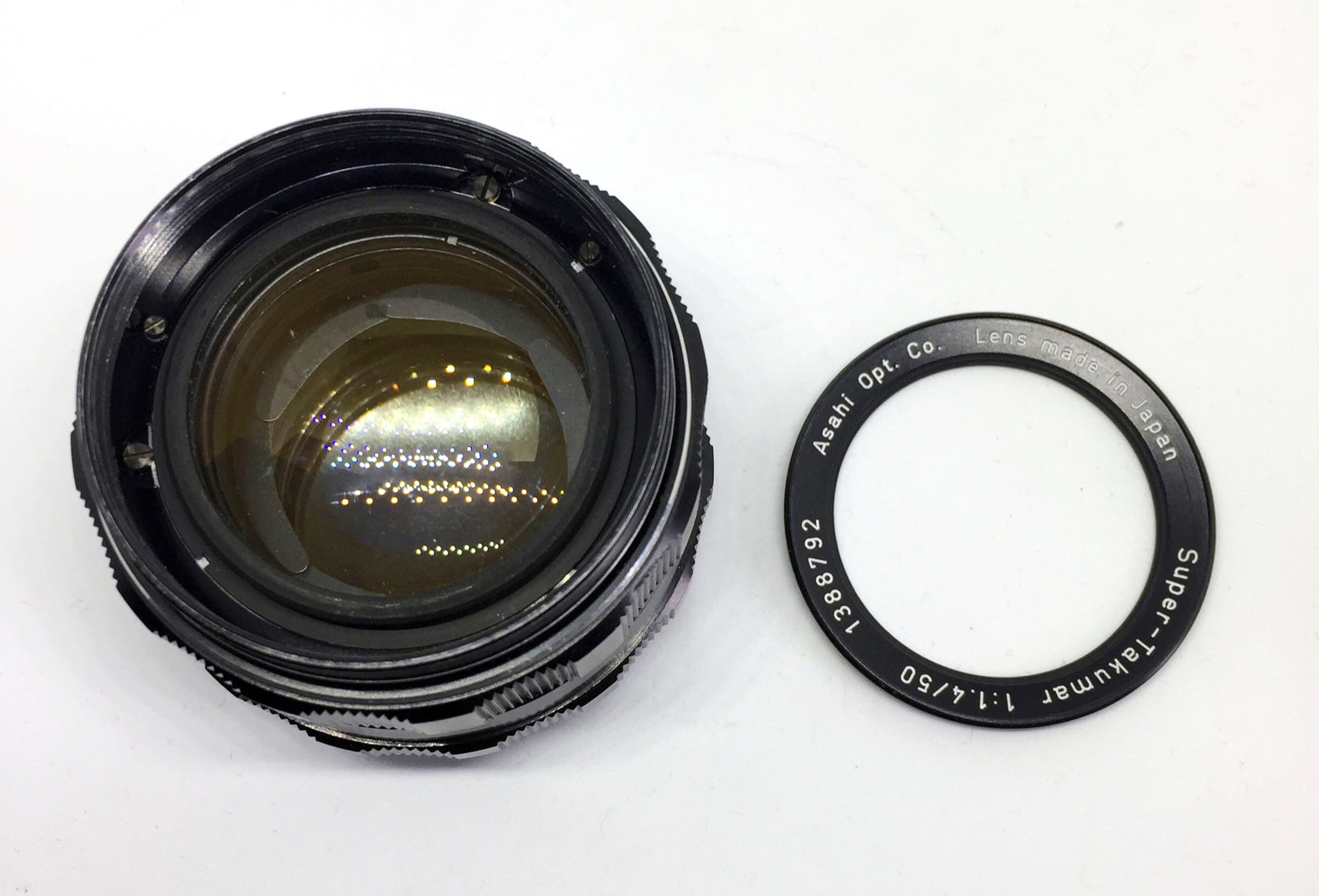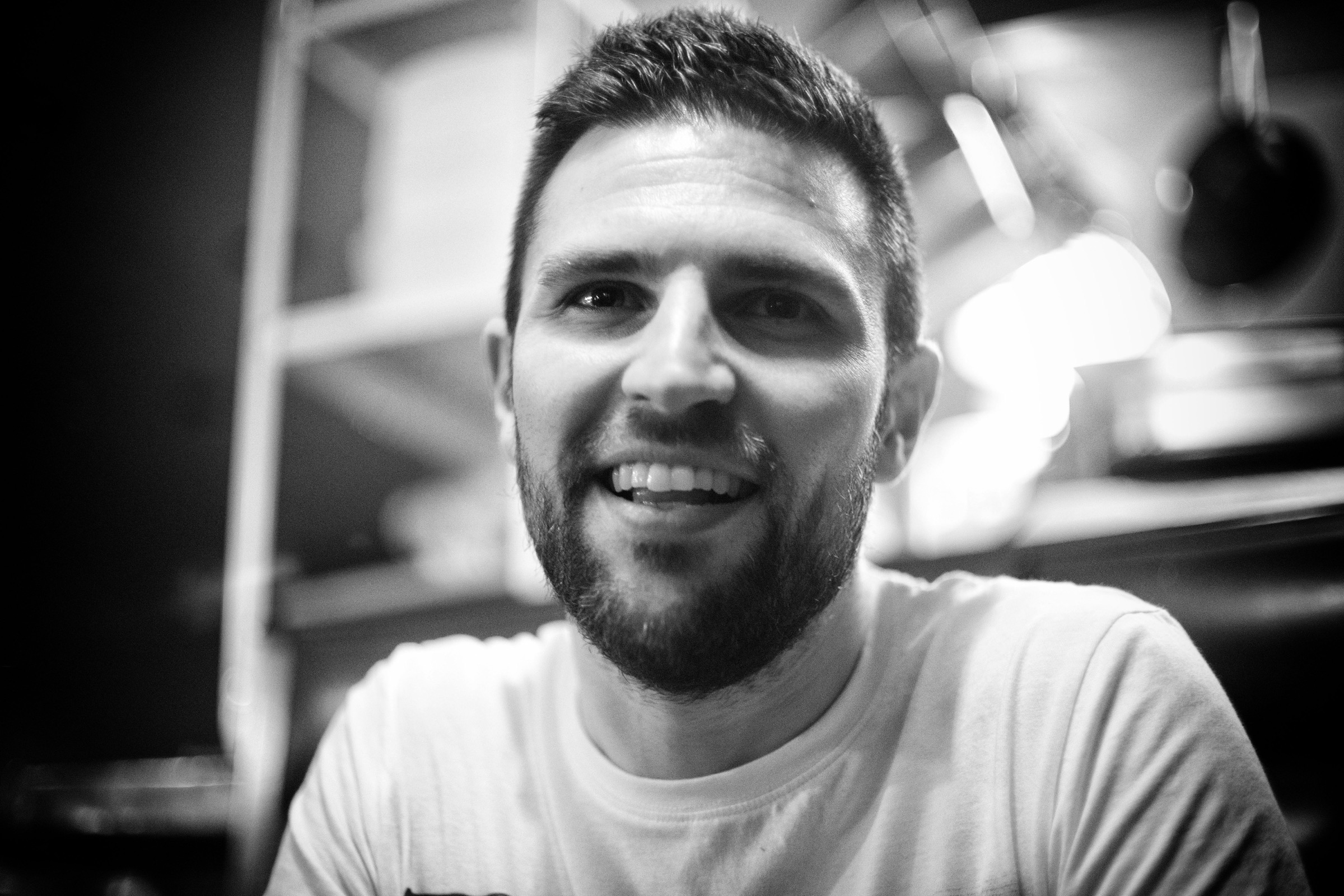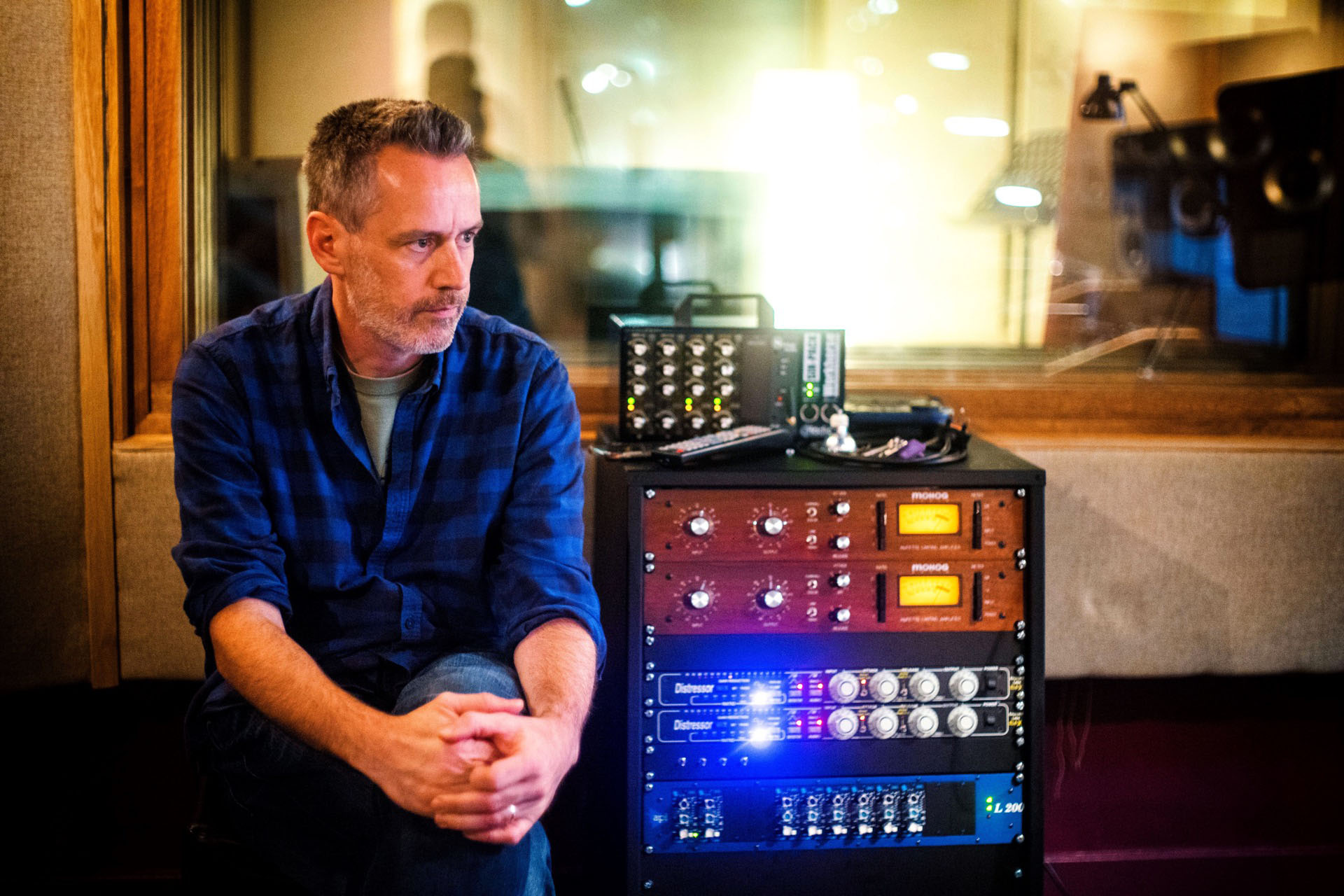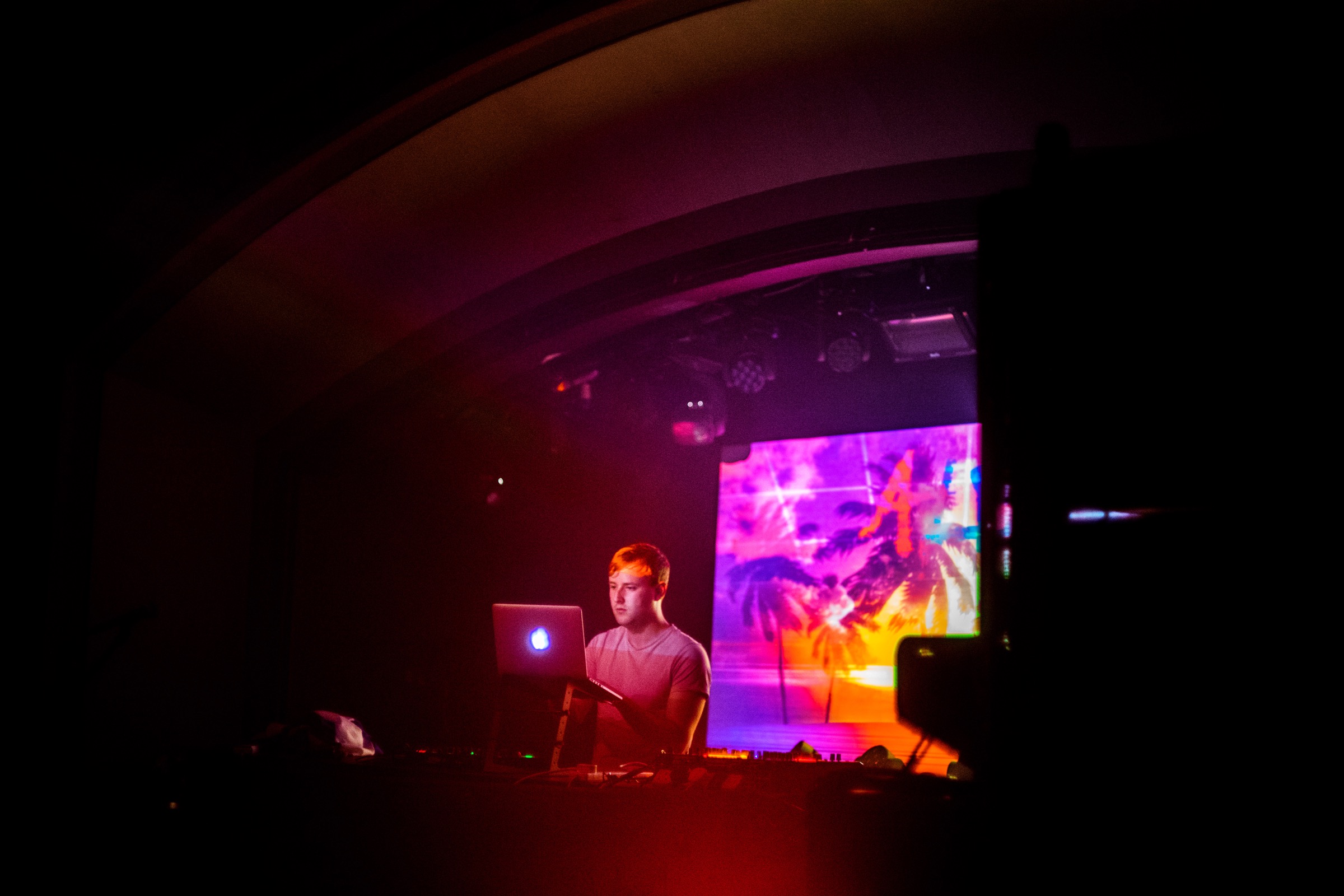The Super Takumar is a 50mm f1.4 lens that was released by the Asahi Optical Co. in the 1960s. It has garnered something of a legendary reputation online, and is known for its sharpness, bokeh, and propensity for flare.
The earliest versions of the lens were made with an unusually high number of elements (8) in an effort to try and ‘one-up’ Zeiss, who were regarded as the best lens makers in the world at the time. Pentax managed to achieve their goal with the Super Takumar, but went on to reduce the number of elements in the so-called ‘Planar Killer’ to 7 in later iterations, in order to make its continued production more financially viable. If you ask around, you’ll inevitably hear about how money was lost on each one before the change… but whether there’s truth to this tale or not remains a mystery.

The Takumar is fairly light, but also sturdy – with an all metal build, which is very satisfying to use. I own two of these lenses, and my first has seen better days, sporting a chip out of the front element, as well a dented filter ring to boot… However, in a testament to the its build quality, neither of these issues seem to have much of an impact on its operation or resultant images. Even with these imperfections, the Takumar has quickly became one of my favourite M42 lenses.

Things to watch out for
- Lens version: There are a number of different versions of the lens, with names such as the original ‘Super’, the SMC, and the Super-Multi-Coated. There are slight variations such as the material of the focus ring, number of aperture blades, and the type of coating, but the main difference is found between the original 8 element version and the others – which have different optical designs. See below for some more information on this.
- 8 element version: You can tell the original 8 element version of the lens by the placement of the vertical red line in relation to the red diamond on the barrel (as pictured above). If the red line is to the right of the 4, it is the earlier, and rarer, 8 element version. If it appears to the left, then it is the later 7 element version.
- Radioactivity: Despite having fewer elements, the later iterations of the Takumar 50mm f1.4 were apparently made with a radioactive glass in the rear element. Yep, radioactive. This apparently helped with sharpness, and some other things, but I’ve not really been able to verify that with my own experience. There are various reviews out there talking about how dangerous these lenses are if smashed etc, which sounds like nonsense – but hey – if people want to avoid them and keep the prices down for the rest of us, that’s fine. Either way, I’ve been to Chernobyl, so if I was going to end up radioactive, I’m sure it would have happened by now. Realistically the amount of radiation from these lenses is incredibly low, and shouldn’t put you off, but it’s an interesting bit of trivia none the less.
- Focus ring: The focus ring seems to be reversed from most other manual focus lenses That’s not that big a deal in of itself, but it can definitely throw you off when trying to quickly manually focus – especially after a few libations. It routinely caught me out, and I began to question if I was losing it.

Performance
Bokeh
Bokeh isn’t the first thing that comes to mind when discussing the Takumar 50mm f1.4, though that doesn’t mean that it isn’t nice. It’s far less distinct or obvious than some other manual focus lenses, but retains its own character. Out of focus areas are smooth and generally very pleasing.
Flare
All of the Takumar 50mm f1.4s are fairly prone to flare with direct light – though some more so than others. Each variation had slightly different coatings, which is most likely the reason for this. Either way, I didn’t find it to be too intrusive, and quite liked the effect when it came out.
Sharpness
Conversations about sharpness often go over my head, with lenses really being much of a muchness when used in practice (as opposed to minor differences in lens comparison charts). However, the Super Takumar 50mm f1.4 has a reputation for being extremely sharp, and it is one of the first lenses where I immediately noticed a definite sharpness when shot wide open. It’s pretty remarkable actually, and the major quality I associate with this lens more than anything else as a result.

As always, there are discussions that seem to think the lens gets a lot sharper as you stop down the aperture. Personally, this isn’t something I’ve noticed. In my real world tests, the actual in-focus area of the pictures seems about as sharp at f1.4 as it does at f4 – it’s just that the depth of field is much more limited. This is something that people often get confused. Practically speaking, I tend to shoot wide open a lot of the time anyway, so as long as it looks good at the maximum aperture, I’m happy. The Takumar definitely does.
7 or 8 elements?
The four different versions of the Takumar 50mm f1.4 are:
- Super Takumar 50/1.4 – old optical formula (8 elements, no thorium), single-coated, 6 aperture blades.
- Super Takumar 50/1.4 – new optical formula (7 elements, thorium), single-coated (later copies can have experimantal MC with 3-4 layers), 6 aperture blades.
- Super Multi Coated Takumar 50/1.4 – optical formula identical to #2, multi-coated (7 layers), 8 aperture blades
- SMC Takumar 50/1.4 – optical formula identical to #2, multi-coated (7 layers), 8 aperture blades, rubber focusing ring.
(Source)
There’s something deeply intriguing about lenses with an unusual history like the Takumar, and as I result, I wanted to find out more about the mysterious early versions that had the fabled 8 optical elements. As I was doing research for this post, the limited reports out there were that:
- The earlier 8 element version was more prone to flare than the later models due to the coating used.
- The (later) lenses with 7 elements had ‘improved sharpness, contrast, and resolution’.
- Later versions had a ‘warmer’ colour balance, which was evident even after basic post-processing.
I wasn’t convinced by the statement that later models were necessarily much sharper, as it could all too easily have been a marketing spiel from Asahi to try and placate fears over the reduction in elements, and it genuinely kept me awake at night. I tried to resist for a long time, but eventually caved and bought one to see for myself.

As I mentioned already, my 7 element version has been bashed about a bit in the past, but still produces technically excellent images. In contrast, the 8 element original that I got after that was in superb condition, with one exception: a loose metal filter ring. This is apparently a fairly common issue with the Takumars, which can be remedied fairly easily by tightening a few screws. The hardest bit is removing the front ‘rim’ (the bit with the Asahi name and information on it), as it doesn’t have any notches to use a standard tool. After a bit of reading, I discovered that the best method was to press down on the rim and turn with the rear lens cap, and a rubber glove in between.

Differences
There are a few noticeable differences between the two lenses.
Yellowing: Firstly, whilst the glass of the 8 element Takumar has a sort of yellow shimmer in the light as you might expect from the coating, the later 7 element model has a very clear yellow hue in the rear by comparison. That’ll be the thorium then… You can apparently remove (or at least reduce) this colouration through the use of UV light, but it’s not something I’m especially bothered about.

Weight and rear element: Rather surprisingly, the 7 element version feels like it’s the heavier (and very slightly larger) of the pair. While I haven’t confirmed this with scales, it would make sense, as the newer lens appears to have slightly more metal around the mount. In the 8 element Takumar, the rear element’s glass actually protrudes past the mount, which means that it could potentially end up damaged if you were to set it down without a cap.
but what about the actual images?
Sharpness: There are anecdotal reports from various forums that the 8 element version is noticeably less sharp than the 7 element. To add another to the pile, I’ll say that that hasn’t really been my experience at all. If I had to go with a gut feeling, it would be that the 7 element version was slightly sharper, but that’s not based on any actual evidence at all. From actually looking at the pictures themselves, both lenses seem equally as sharp as the other.

In practice, I found there to be very little noticeable difference between the two lenses. If anything, the 7 element version I have feels nicer to use, but presumably only because its mechanisms are newer and tighter… and I suspect with a little bit of attention the 8 element version would really come into its own.
Leica M Typ 240 Compatibility
Whilst most of this review has concentrated on use of the lenses on a Sony A7, it is indeed possible to use them on a Leica M Typ 240 (or other digital M) with an appropriate set of adaptors. Finding an M42 to M or M39 adaptor can be difficult, but the wizard at RAFCamera has one here which is perfect. To connect to a Leica you need this, and then an M39 to M adaptor, which can be bought both cheaply and easily from a number of places. As the lenses are not rangefinder coupled, you will only be able to use them accurately with Live View.
I generally favour the Sony A7 when shooting M42 lenses, as the live view system seems far clearer and sharper than on the Leica (not to mention that the flip screen is extremely useful). The A7 also takes far less time to ‘reset’ after shooting a picture in live mode. That said, the M 240 is a much nicer camera all round, and the adaptor required is shallower than with the A7, meaning that it’s a far more compact package.

I was a bit concerned that shot on the Leica the images were going to be softer than on the A7, as they appear that way on screen. However, that isn’t the case. The below was shot at f4, though I struggled to see any real difference in sharpness when shot wide open. Click through for a full res image.

My Experience
The Takumar 50mm f1.4 was one of the first M42 lenses I tried out on the Sony A7, and I loved it as soon as I saw the results. Not only is it sharp as a tack, but the out of focus areas render extremely nicely, and there’s something else that I like a lot about the resulting images, but which I can’t quite put my finger on. It seems like the colours have a real ‘warmth’ to them … but that could all just be in my head. Either way, what is certain is just how pleasant the lens is to use functionally. The all metal build feels reassuringly solid; the aperture ring snaps tightly to each ‘click’; and the focus ring is buttery and smooth with just the right amount of resistance. The only real thing that I dislike is that the minimum and infinity focus locations are back to front, which constantly catches me off guard… but I can forgive that, all things considered.
The real litmus test for me though is whether or not I would choose to take the lens when travelling, given the limited space that I usually have in my carry on. Some lenses are technically interesting, or fun to play about with, but wouldn’t make it into the camera bag… but that isn’t the case with the Takumar. I find myself coming back to it frequently, so it gets a big double thumbs up.
Price and Availability
If you’re interested in a Takumar 50mm f1.4, there are usually a bunch available at any one time on eBay. However, the number and cost of them has fluctuated a lot even in the past few months, so it’s worth keeping an eye out for good deals rather than just jumping at the first offer. I paid £60 for my slightly beaten up, 7 element model, but you could pick up one in much better condition for about £80 at the time. At the time of writing this, they are floating at about the £100+ mark, going up to about £170… though I suspect prices will come down a bit. Obviously, if you are interested in the 8 element version, you’ll pay a premium. I was lucky and got mine for £140, though they float around the £200 mark. If price is an important factor, you definitely won’t be disappointed by the 7 element lens. If you don’t mind paying a bit more to have the original for the sake of history, or collection purposes, or whatever else, then you can pick up the 8 element one for a decent amount if you are patient.
One tip for searching is to keep an eye out for Pentax Spotmatic cameras, as they often come with a Takumar 50mm f1.4 attached, and people don’t quite realise what the lens is – thus end up selling the pair on together cheaper than the lens may go for on its own.
Sample Images
Below is a selection of different images that I’ve shot with both the 8 element Super Takumar, and the 7 element Super Multi Coated Takumar 50mm f1.4. All are shot wide open unless explicitly stated otherwise.
Shot with the 7 element Super Multi Coated Takumar and a Sony A7


Shot with the 8 element Super Takumar 50mm f1.4 and a Sony A7
—
Disclaimer: As usual, this article isn’t intended to be a comprehensive, pixel-peeping review. Rather, it’s highly subjective, and reflects my own research and experience as someone who has shot with a lot of different cameras and lenses over the years. No aperture comparison charts here.

































Nice non scientific review ! Stumbled across your write up while considering a purchase. I intend to pair them up with a Fujifilm. Being not full frame camera, would that be detriment ? Given you had a choice all over again would you have gone with the 7 or 8 element if you were a new buyer ? Thanks mate. Gorgeous tones in your frames. Forgot to mention that.
Glad you like the review! Thanks for leaving a comment. Sorry for the slight delay in replying. In all honesty, I don’t see much difference between the 7 and 8 element version at all, so unless you’re a collector, I would go for the cheaper of the two. 🙂 I don’t think there would be much of an issue on a cropped sensor, though remember that it will be a longer effective focal length than 55mm, which might not be what you are after. Good luck!
I just picked up a mint copy of the 8 element version at my local St. Vincent DePaul store. Price….$2.82! There is a little internal dust, but the rest looks like brand new. I am buying an adapter for my Nikon bodies and will also test on my GH5.
That’s a great price! I’m sure it’ll be great.
I much appreciate the great info you have provided here–most helpful. I am looking to get a better grade of 50mm for use with my Canon 5D4, for shooting flowers, and also for occasional astro.
The Takumar 50mm f1.4 is a great lens if you are looking for a manual focus option! I can’t speak to astro stuff or the macro side, but it’s a great performer generally.
Just picked up an 8-element for $75, excited to try it out soon. Thanks for the informative write up!
Great price! I’m glad you found it helpful. I hope you enjoy it.
I just came upon your article after finding my old 7 element Super-Multi-Coated Takumar 1.4/50 screw mount. Do you know if there is an adapter for the Asahi screw mount that will fit a mirrorless Sony Alpha 7III?
Hey! Yeah. You should be able to use an M42 to Sony E adaptor with no problems. 🙂
Thanks for looking into these. I bought one a few years back and adapted it for my EF mount cameras. I could only fit it on a crop sensor camera, so I stopped using it. But now I’ve got a Canon full frame mirrorless camera, I want to get a proper m42 – RF mount. Also, I didn’t realize that the back element was radioactive. I guess it’s good I never tried to eat it.
Nice one! They are lovely lenses. I hope it works out well on the Canon!
Hey bro, really nice perspective on this venerable piece of glass. Far too often I read or hear the same ol’, same ol’ about it and it gets to sounding like a broken record… it seems like the bulk of the people “discussing” this lens are just regurgitating some tripe they read on the forum boards. So they buy an overpriced copy on eBay, slap it on a mirrorless and take a few shots of some knick-knacks laying around about their house at like 1.4 and maybe 2.8, then they jump on the boards yappin’ about the remarkable gain in sharpness “from two-eight on.” What rubbish. And if it sounds like I’m hatin’, you’re right – I am. I hatin’ because that was me many years ago. I started out in 1984 with nothing more than a love for making photographs and an AE-1P. Over the years, my love for the art was insidiously replaced by a cold fascination with the tech side of photography. I would study specs for everything – MTF, aspherics, CA, diffraction, dynamic range of film, blah, blah, blah. I was infatuated with equipment that scored sky-high on the charts and would side-eye the rest. Years into that and with not much art to speak of (just pictures), I happened upon an article that recommended photographers collect up all of their scientific data, drop it in the bin, and go out and shoot. The author said it’s real-world results that matter – if you like your art with the gear you use, fine – keep doing what you’re doing. If you don’t, then change it. But just shoot. Man, that was the best advice ever. That article helped me realize that I was paying more attention to how my gear fared against a benchmark than what my images looked like. I lost the art, and it took a return to sanity to regain my love for it. Since then, it’s only my images that matter. That’s why I really connected with your article… you wanted to find out how a lens does, so you didn’t read a bunch of carbon copied “opinions” and then spew some nonsense all over your blog, you took the lens out and shot with it. And lo, you came to a conclusion that flies smack in the face of all those keyboard warriors – it’s sharp wide open! Haha, I love it!
On a side note, I would like to point out that your response to Gireesh above, that the lens on a cropped sensor will result in a longer effective focal length, is not quite accurate… it will result in a field of view that is equivalent to a longer focal length lens, but not a longer effective focal length. For instance, a 50mm on an APS-C sensor with a crop factor of 1.5x will have the same field of view as that of a 75mm lens on full frame, but there will be no gain in magnification.
Anyway, thanks for a refreshing read. Peace.
Thanks for taking the time to leave such a thoughtful comment! For years I shot commercially with really nice, expensive modern lenses on digital SLR bodies… but when it comes to my own personal projects or pictures, I would much rather use older lenses and more unusual equipment. They often have much more character, and let you experiment. I’ve never really understood why folks would spend so much time using older lenses if what they really want is technical excellence and sharpness. If that’s the goal, get a modern lens! Given how often my old gear breaks down it would make life much easier haha.
You are quite right regarding field of view and my other comment. Thanks for pointing that out!
Don’t use this lens on a 5d mk 5, the rear element will hit the mirror when focused to infinity